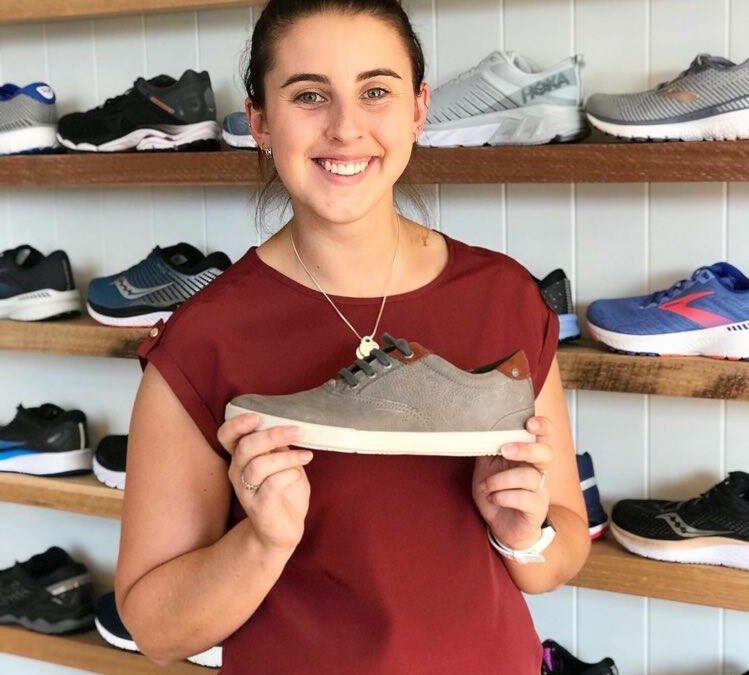Blister prevention
With the Surf Cost Trek and Oxfam trail walk fast approaching and training in full swing, blisters may be an issue for you!
This blog is about the prevention of Blisters and how your Podiatrist can help.
There are many types of blisters that people may experience, however to keep this relevant I will be discussing Friction Blisters
What is a friction blister?
A Friction blister is a raised area of the skin filled with a clear fluid that is caused by the repetitive rubbing of the skin onto another surface/object
How do I stop them from happening?
- Footwear.
It is important that you are wearing the right shoe for the activity you are doing. Shoes can be designed with a specific purpose and wearing the correct shoe will aid in your blister prevention.
It is also important to wear in your shoes before the event. Don’t wear a new pair of shoes on event day! If you are completing the Surf Coast Trek, now would be a great time to do some training in your shoes
If your footwear is causing blisters there are products that you can purchase to stop any rubbing. At TSMC we stock Engo Blister prevention patches and are more than happy to help fit the patches to your shoes

- Orthotics
Orthotics can be another way of preventing blisters. You may be walking/running in a way that is causing unnecessary friction within your shoes. As part of your initial assessment with the Podiatrist we use a pressure map to distinguish any high pressures areas and through the use of an orthotic can help in offloading this area

- Taping/ padding
Another solution for your friction prevention is to tape or pad the blister prone area.
Our Podiatrists can show you taping and padding techniques to stop friction. When you are completing your taping at home it is key that you AVOID creasing your tape- this may cause blisters


What do I do about callus on my feet?
Callus can cause unnecessary pressure on your feet. Seeing your Podiatrist to get this callus removed is the best way to prevent blisters.
To pop or not to pop?
A very common question when it comes to blisters is ‘do I pop it?’
Short answer is NO! Popping the blister creates an open wound. This puts you at risk of an infection getting into your body. It is best that you leave your body to heal the blister naturally. If your blister pops itself, or you do need to release the fluid to relieve pressure or discomfort, it is important that you cover up this area. When you are on your walk it is suggested that you take a small first aid kit with you. Your first aid kit should have some antiseptic ointment such as betadine and band aids. Make sure you clean the area with betadine- this will keep out any nasty bugs and apply a band aid to keep the area covered.
HAPPY TREKKING!
If you are interested in learning more about blister prevention, send me an email or call 5251 5724 to book an appointment
Marney Cowell
Podiatrist
